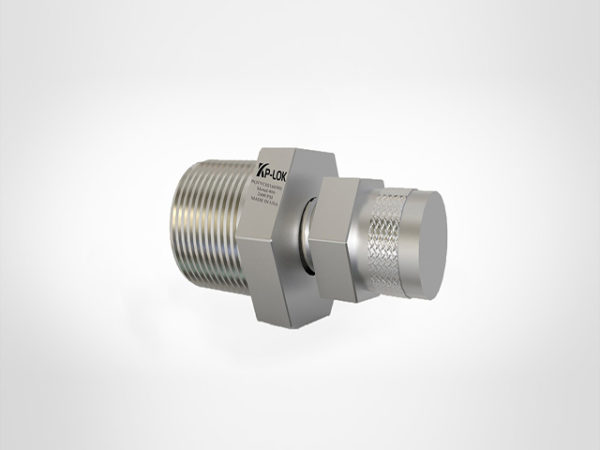Solenoid Valve Application Tip
A solenoid valve performs as an electromechanical
device via the valve's coil, which forms a magnetic field that is used to
control the movement of tools and systems driven by liquids or gases. It is
used to regulate the shutdown, discharge, capacity adjustment or mix fluids and
gases. Solenoid valves offer switching free of risks and escalate reliability
with long service life. Excellent compatibility with materials and resourceful
design.
When applying a solenoid valve, check the
response time and valve length. To turn cycling on and off, it is recommended
that you select a non-stop full service valve to withstand constantly used
pressures. Compare all functions to select the correct type of solenoid valve.
The maximum operating pressure that can be tolerated must be greater than the
pressure required to operate the valve.
The following are some considerations when
selecting a solenoid valve.
Check
the type of valve to be used
Pilot Operated Valves - This type of valve
comes with a pilot and main valve seat, and the valve top is made from a pilot
seat with a corresponding hole. Pilot-operated valves require less power to
operate, but require full power to open and open.
Direct acting valves - This type of valve
operates correctly according to the active current level of the coil. The valve
supports the flow and pressure of the liquid or gas and opens and closes as
long as the maximum available pressure is not exceeded.
· Bidirectional valve - The valve port is
used interchangeably to activate valve opening and closing. This can be https://www.kp-lok.com/product/purge-valves/ shown
as a normally open valve or a normally closed valve. Normally, a closed
solenoid valve is normally used and will remain idle until the active source is
open.
· Three-way valves - Three-way valves have
three ports and two holes, one of which is open and the other statics are
always closed. These valves are applied alternately to de-pressurize and
display in three normally closed, normally open, or general-purpose conditions.
· Four-way valve - This valve has four
doors. It is displayed as normally open or as universally closed. This type of
valve is usually used with two operating cylinders or two actuators. Two of the
ports of this valve apply pressure and the other two release pressure.
Power
necessities
The voltage or power required can help you
choose the right type of solenoid valve for your application. However, since
the flow is limited by the valve bore, large orifices tend to use more force.
For example, if high flow rates and low energies are required, pilot operated
valves should be used because they are best suited for this type of power
requirement.
Flow
share
Define the flow rate required by your
application to properly select the solenoid valve. Be sure to know how much
flow is required if the valve is too large because the fluid / air and money
are wasted and the valve is too large. If it is too small, the actuator will
not work properly.
Electrical
connector
How is the solenoid valve connected to the
pneumatic circuit? Whether you choose a knife connector or a fly lead, it
depends on your personal preference. Both are easy to install, but choosing
both together simplifies the valve replacement required.
Working
pressure
Review the operating pressure indicated by
the valve manufacturer. Operating pressure has a significant effect on the
valve flow rate, so determining the operating pressure will help you to select
which valve to operate as needed for your application.
Door
size
Check the door size of the base or manifold
so that you can purchase the correct valve fitting. The solenoid valve must be
installed in a single base manifold or multiple stations to allow air to enter
the circuit. Depending on your application, select the appropriate connection and connect the pipeline to ensure that the
valve is in place.
